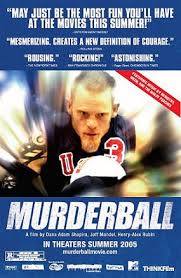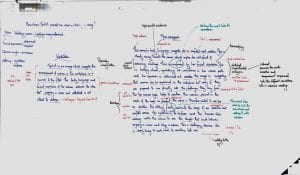The next text we will study in Year 12 ATAR English is the documentary film Murderball. The text follows the USA quad rugby team as they prepare for the Athens Paralympic Games. The chief protagonists are Mark Zupan (a USA quad rugby player) and Joe Soares (the coach of Team Canada who once played quad rugby for the USA). We will explore the text for constructions of masculinity, how disability is constructed within a sports’ narrative and how we are positioned to respond to hegemonic masculinity, particularly in the treatment of the female characters who appear- briefly- throughout the text.
Please note that this text is studied for Section B (Responding) of the ATAR examination and it is a text you will be expected to know in significant detail. While we will watch this documentary in class (and analyse it), you will also be expected to watch this text through in your own time and build your understanding through independent research.
Here are a range of resources which will compliment your study of this course text:
Murderball Initial Close Analysis-2krd9z4
Murderball Focus Questions and Ideas-27f6zkp
Murderball Feature Article-19ebs1i
Murderball Documentary Study-2kn67eg
Murderball and Masculinity-1gcl8kt
Murder Ball Visual Analysis-26pkh0x
Challenging Normalcy – Masculinity and Disability in Murderball-117yhdp
Please note that Murderball is available to view on ClickView. A link to the text is below:
https://online.clickview.com.au/libraries/categories/fcbefc28-ff38-326f-00ae-74f83a618b2c/videos/75fbf7d5-8758-f8cb-d92b-05ffe4a495ec/murderball-movie-





